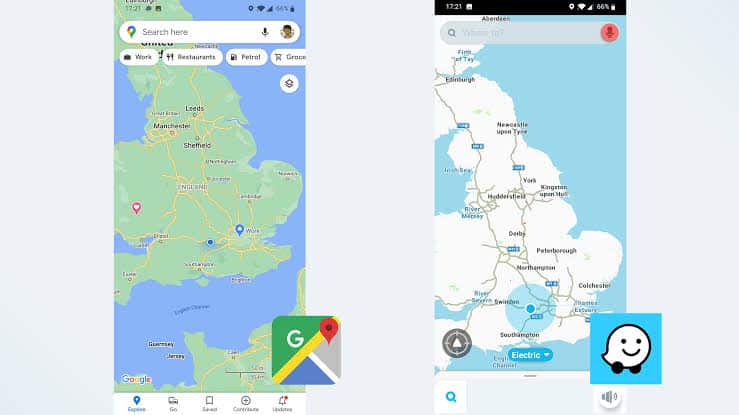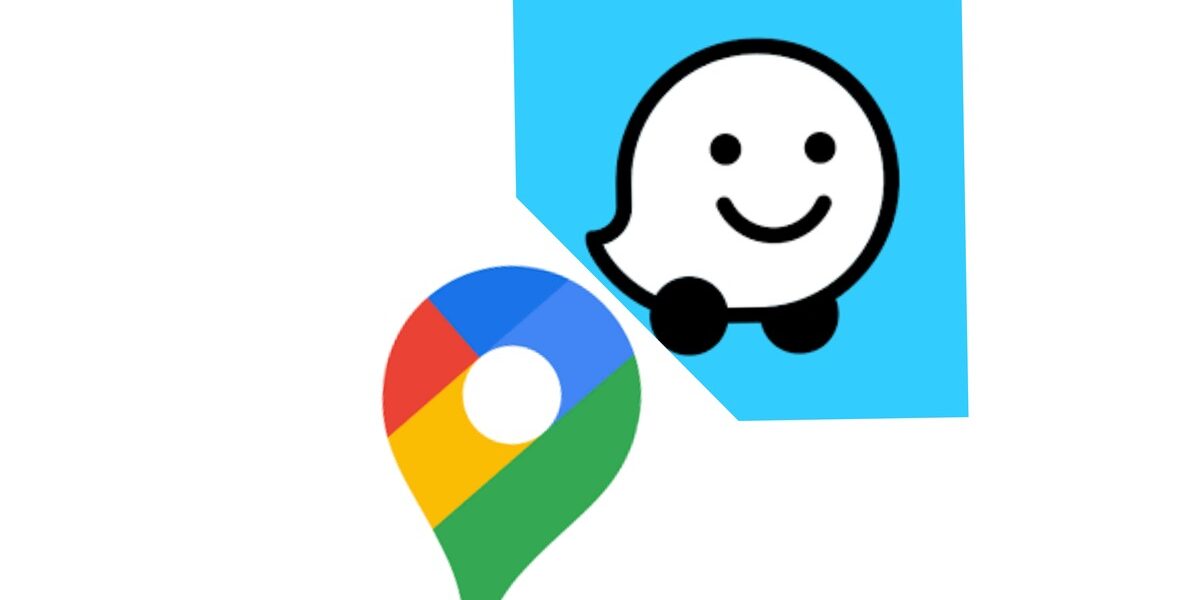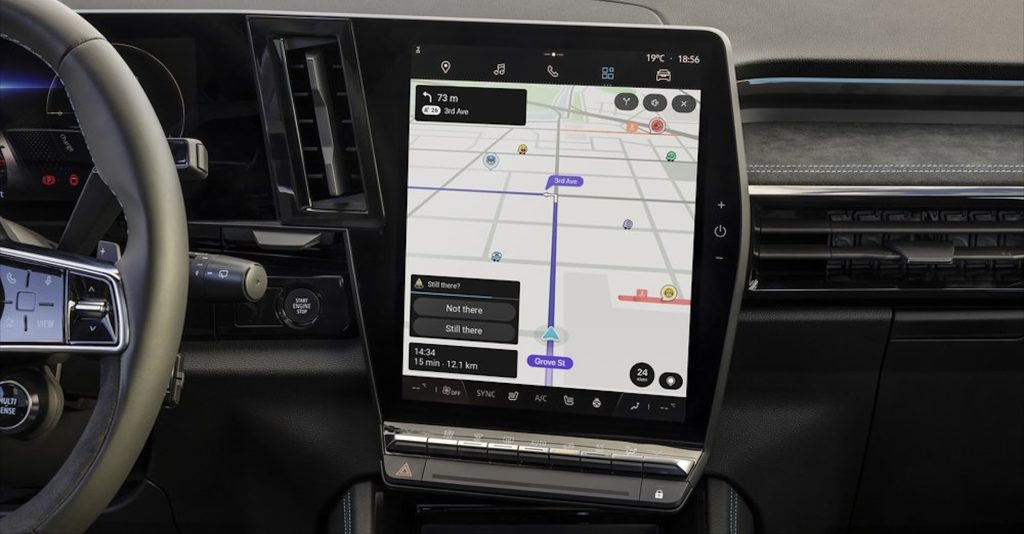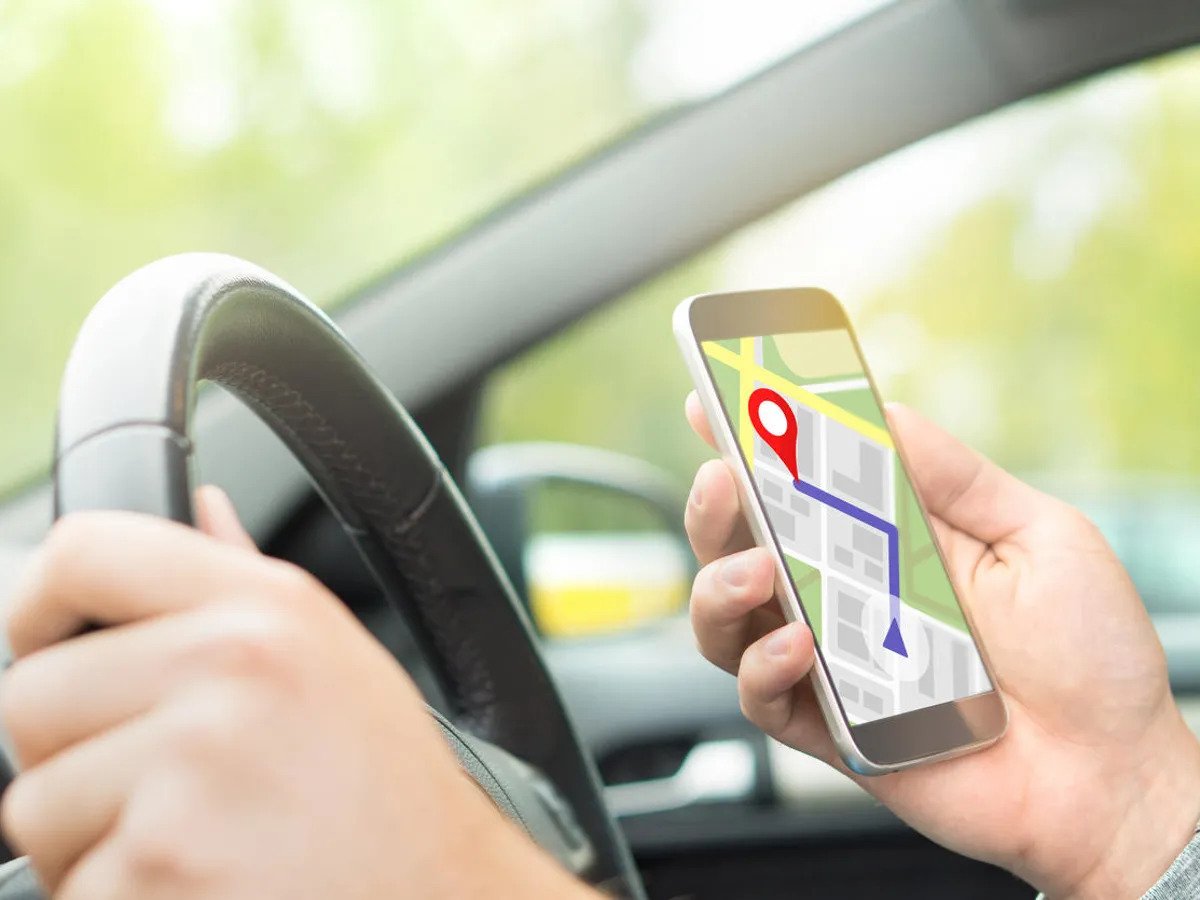Google Maps vs Waze: A Comparison of Navigation Apps
Google Maps and Waze share a parent company, Google, but they differ in their navigation strategies. Google Maps relies on extensive data archives, while Waze relies on crowdsourcing from active users. Despite some similarities, there are several differences between the two apps.

So, when deciding between Google Maps and Waze, which navigation app is better suited for your needs? Let’s explore their features below:
Google Maps vs Waze: Different between the two Navigation apps
Let’s explore the basic differences between Google Maps and Waze based on the following categories:
Availability
Both Google Maps and Waze are widely available on iOS and Android devices and are compatible with Android Auto and Apple CarPlay. Google Maps has a slight advantage on cars running Android Automotive OS, as it is pre-installed on every Android device that isn’t a TV.
On the other hand, Waze needs to be specifically installed by the user. Both apps also have desktop browser versions, although they have limited functionality compared to the mobile apps.
Navigation
Google Maps is a versatile navigation app that caters to various modes of transportation, including walking, driving, cycling, and taking public transportation. It provides real-time alerts for obstacles and traffic, offering alternative routes when necessary. Google Maps also takes into account factors like traffic conditions, the number of traffic lights, and toll costs to optimize the safest and most eco-friendly route.
Waze, on the other hand, is primarily designed for car and motorbike users. It continuously analyzes conditions to provide the fastest possible route, without always following traditional paths. Waze actively gathers information from users on the road to identify traffic conditions and obstacles. It automatically suggests alternative routes and does not require user permission to alter the route mid-trip. However, Waze relies on the presence of active users on the road for accurate information.
Offline Usage
Both Google Maps and Waze allow users to save maps offline for later use. Google Maps’ offline feature enables users to download specific areas with available data.
On the other hand, Waze does not have a dedicated offline maps feature, but saving a route to favorites allows users to access cached information offline. However, since Waze relies heavily on live data, users may not receive up-to-date information without cell service.
Public and Alternate Transportation
When it comes to public and alternate transportation, Google Maps surpasses Waze. Google Maps provides comprehensive support for public transit, walking, and cycling. It offers detailed timetables, maps, and real-time updates on delays. It integrates with ride-sharing services and bike and e-scooter rentals where available.
Waze, on the other hand, caters exclusively to drivers, lacking support for public transportation and alternate modes.
Design and Interface
The design and interface of Google Maps and Waze differ greatly. Google Maps utilizes a more traditional app design that displays a plethora of information on the screen. Meanwhile, Waze presents a simplified design that displays only necessary information, with less clutter.
Google Maps is more versatile, offering navigation and the ability to communicate with businesses while Waze is solely focused on finding the best route and avoiding traffic.
Data and Reliability
Regarding data, Waze relies heavily on crowdsourcing information that users share while driving. Google Maps also displays traffic conditions but mostly uses machine behavior to predict traffic patterns and conditions. Google Maps provides data from a larger pool of sources, which makes it more reliable in less densely-populated areas.
Meanwhile, Waze is more proactive in redirecting users when there’s traffic while Google Maps shows road conditions with suggestions on alternative routes.
Discovery Features
Both Google Maps and Waze have discovery features that allow users to find important businesses and locations quickly. While Google Maps has a wider variety of discovery options, Waze is more concise with its approach but has less detailed information.
Furthermore, due to its extensive data acquisition from multiple sources, Google Maps tends to provide more detail than Waze.
Traffic and Hazards
When it comes to traffic and hazards, Waze offers a more aggressive approach to redirecting drivers when obstacles arise. Waze users can report issues and receive real-time updates that can improve their route and travel time. Meanwhile, Google Maps relies on data gathered passively and from historical traffic patterns to determine the best route to take.
Customization
Both Google Maps and Waze operate their hands-free controls similarly, via the on-screen microphone or Google Assistant’s voice command feature. However, Waze offers a more customized experience with more extensive options, including the ability to record your own voice.
Final Words
The choice between Google Maps and Waze depends on your specific needs. If you require versatile navigation options, including public transportation, walking, or cycling, Google Maps is the better option. However, if you primarily drive or ride a motorbike and prioritize speed and real-time updates, Waze may be more suitable. Consider your preferred mode of transportation and the features that are most important to you when making your decision



